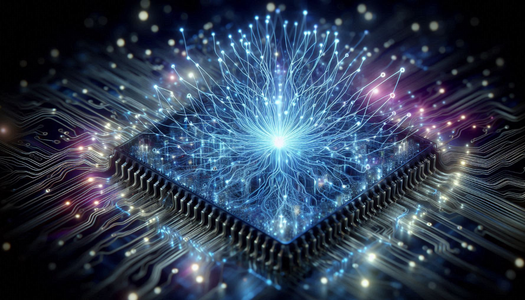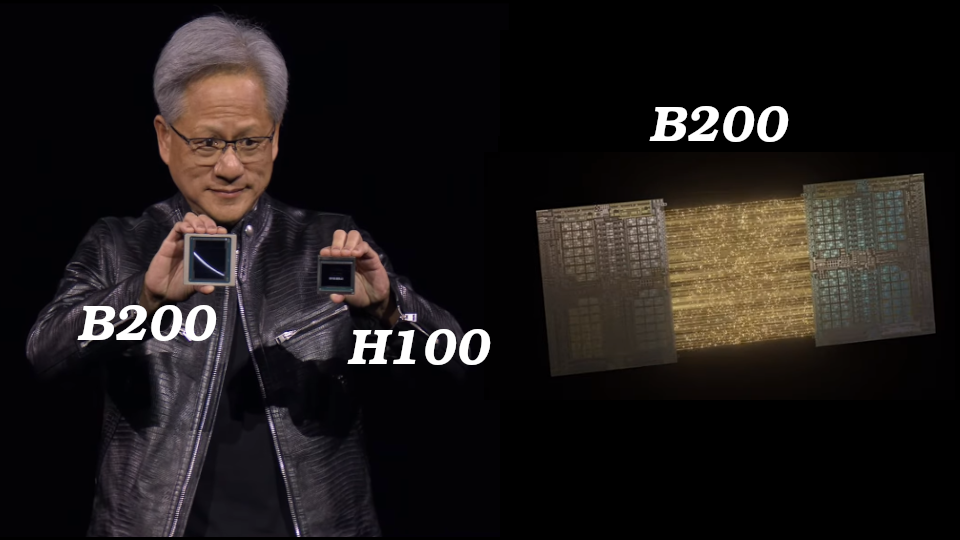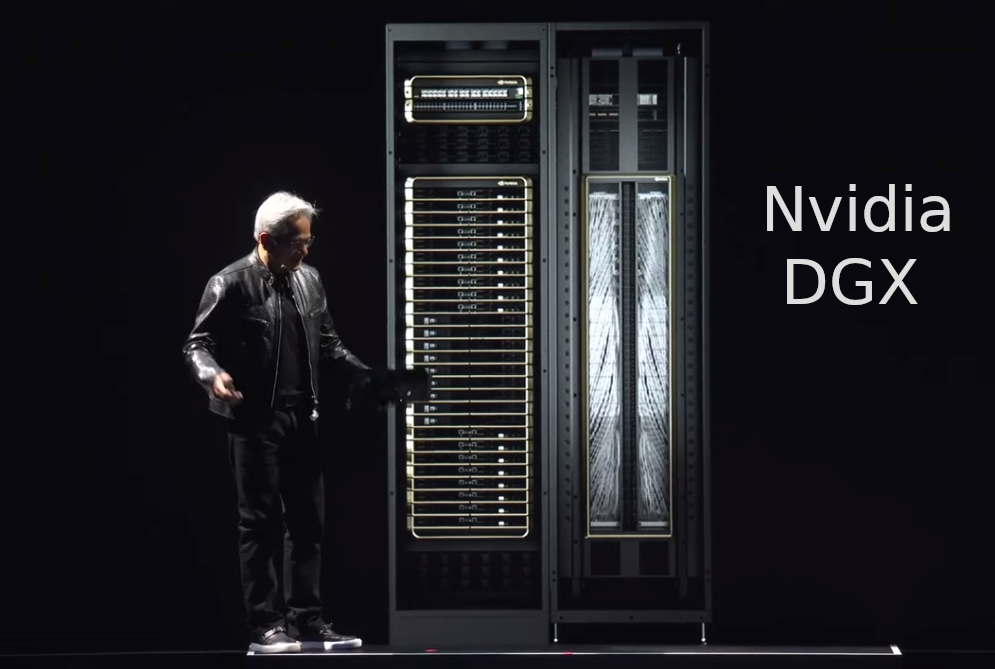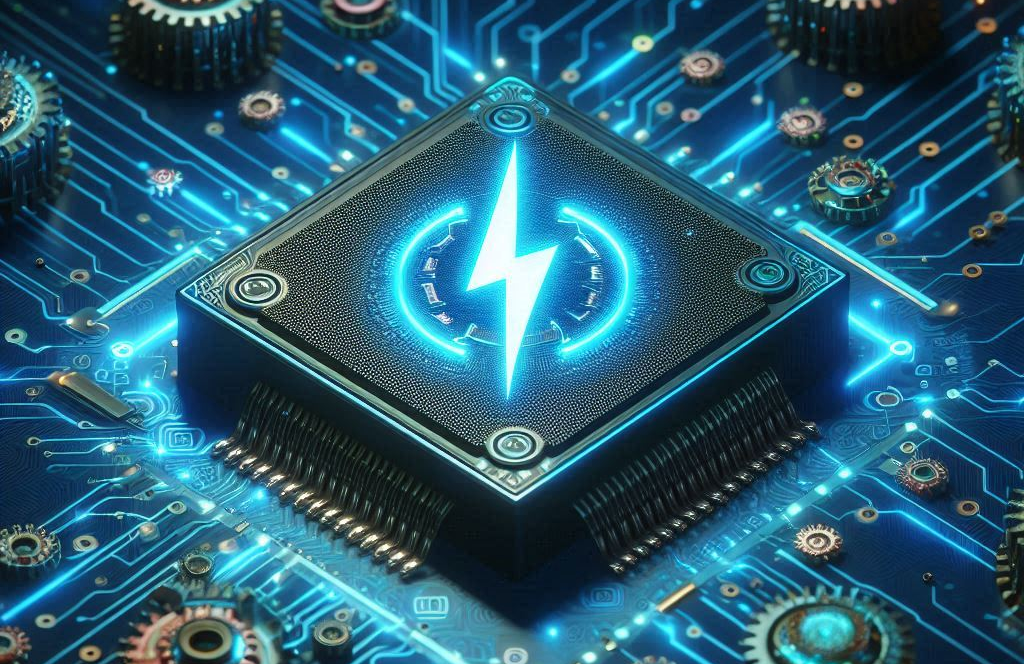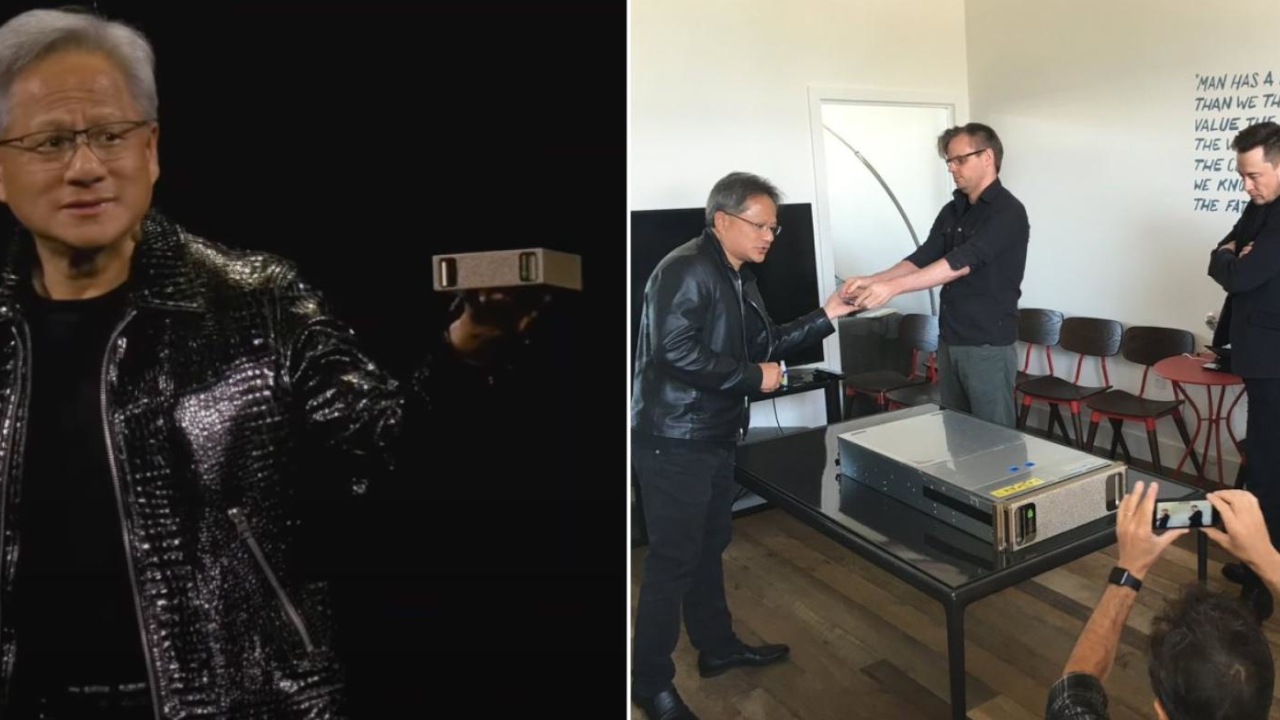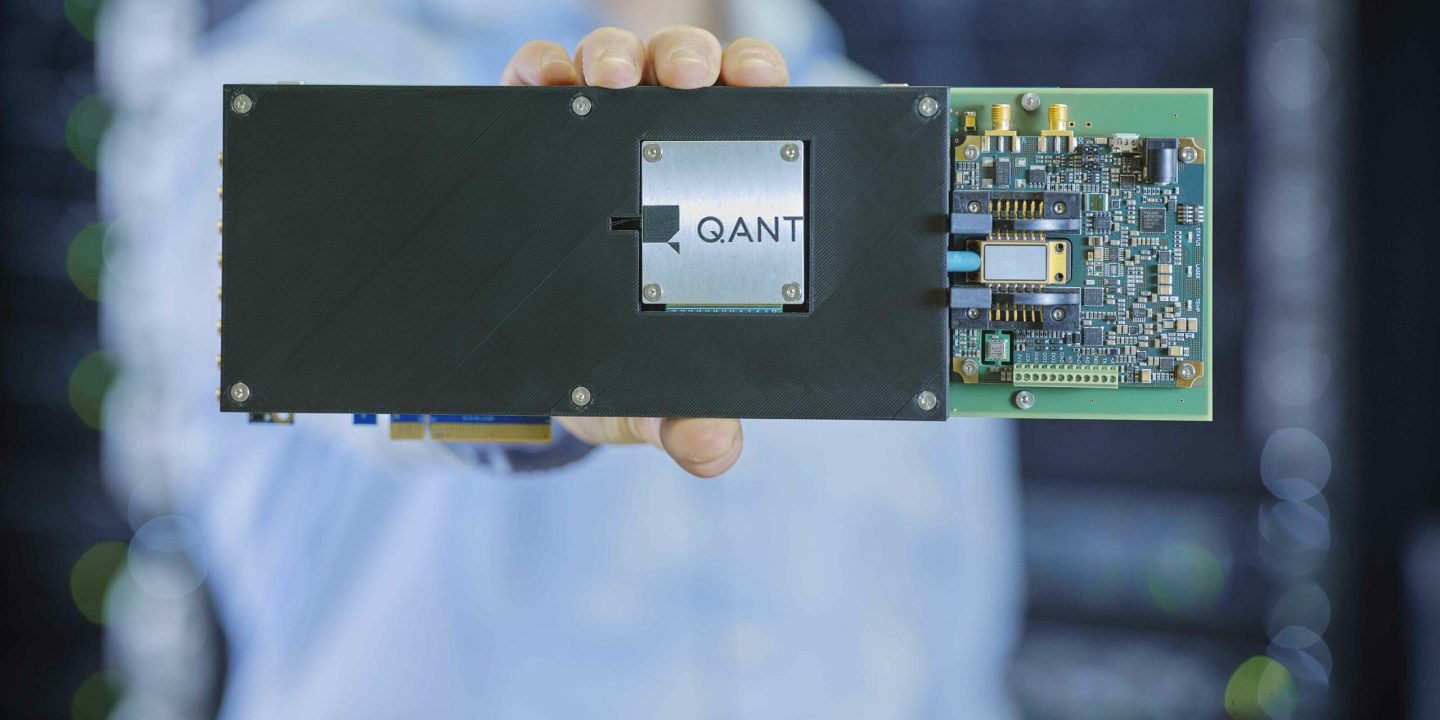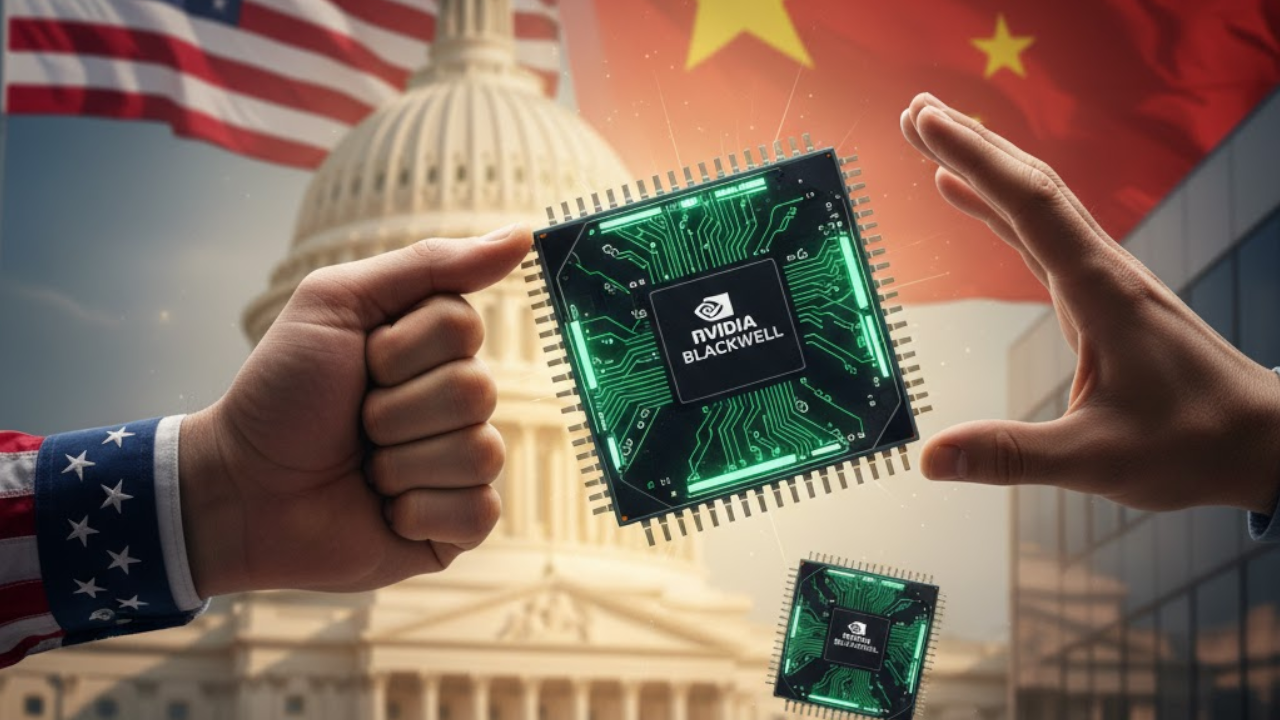Following the successful development of the first photonic chip, “Taichi,” by a research team at Tsinghua University several months ago, the team has released the second version, Taichi-2, which is specifically designed to fully train AI models on the chip itself.
This photonic chip leverages light instead of electricity used in traditional electronic circuits. Photons, rather than electrons, flow through it, similar to the way light travels through fiber optic cables compared to copper wires. This makes it significantly faster due to the higher speed of light, and it consumes less energy. Additionally, the transmission of light does not generate excessive heat or energy waste as electrons do.
Researchers found that Taichi consumes 1,000 times less energy than Nvidia’s H100 chips. Taichi-2 is even more efficient and faster, and it is specifically built to fully train AI models on the chip without relying on electronic circuits to adjust the network’s weights.
The researchers published their work in the journal Nature, titled “Fully Forward Mode (FFM) Training for Optical Neural Networks.” They successfully trained several well-known deep learning models containing millions of parameters (network weights) and achieved similar or better accuracy compared to their electronic counterparts, while offering significant energy savings and increased speed. The researchers noted that the differences in speed and energy consumption become more pronounced as the model size increases.
This chip represents a significant advancement in the use of photonic computing in artificial intelligence. Its success in training large models brings it closer to commercial application. The researchers believe that commercializing this technology is not complex as it utilizes existing components.
The cost of manufacturing such chips and integrating them with existing systems remains a significant concern that could impact their commercial viability. However, China may find this as a good alternative to circumvent Western trade restrictions on its access to advanced electronic chips. This could drive China to invest more in its development and accelerate its commercial adoption.
